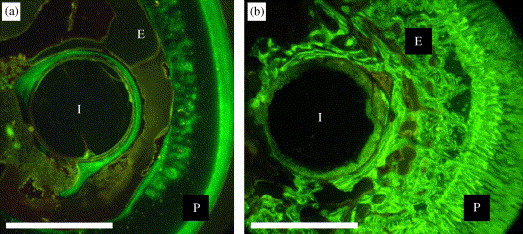Hepatic Tissue Engineering :
The liver has over 500 functions, including protein, carbohydrate, and lipid metabolism; detoxification of endogenous and exogenous compounds; production of bile for digestion; and secretion of many serum proteins (i.e. albumin, coagulation factors). Each year, over 40,000 people die due to liver failure in the US alone, with over 2 million deaths estimated worldwide. Orthotopic liver transplantation is the only proven therapy for liver failure; however, there is a severe shortage of donor organs. Cell-based therapies have been proposed as an alternative to whole organ transplantation, as a temporary bridge to transplantation, and/or an adjunct to traditional therapies during liver regeneration. The three main approaches that have been proposed are: transplantation of isolated hepatocytes, implantable tissue-engineered constructs, and perfusion of blood through an extracorporeal bioartifical liver device containing parenchymal liver cells called hepatocytes. Despite significant investigations into each of these areas, progress has been stymied due to the propensity for isolated hepatocytes to rapidly lose viability and key liver-specific functions upon isolation from the native microenvironment of the liver.

Researchers have used microtechnology tools and biomaterials to synthesize 2D and 3D hepatic microenvironments to study determinants of cell fate and function and then perturb and interrogate these to model human disease. Researchers focused on (i) synthesizing human liver microenvironments for in vitro and in vivo interrogation and (ii) perturbing liver microenvironments with pathogens to model human disease. Some of the notable contributions include the discovery of small molecules that drive proliferation of adult hepatocytes and maturation of stem-cell derived progeny to enable sourcing of human hepatocytes, and the development of the first high-throughput model systems to study hepatotropic pathogens.




